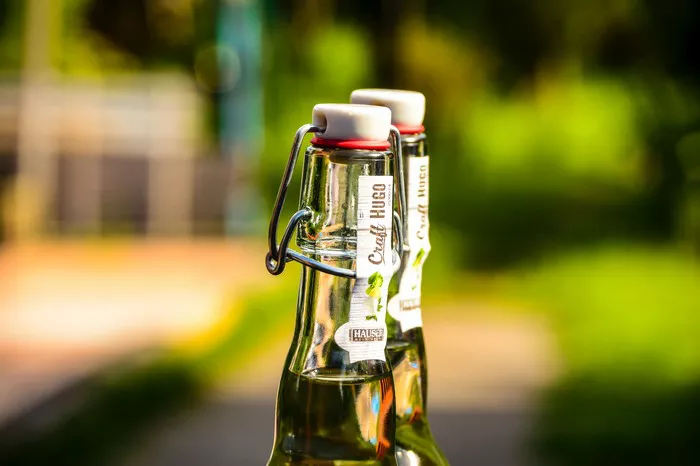Champagne, the sparkling elixir of celebrations, has long been a symbol of luxury and festivity. Whether you’re toasting a special occasion or simply indulging in some bubbly, you might be curious about the nutritional content, particularly the carbohydrate content, in a glass of champagne. In this article, we’ll explore just how many carbs you can expect to find in that effervescent flute of delight.
Champagne:
Before delving into the specifics of champagne’s carbohydrate content, let’s take a moment to understand what champagne is. Champagne is a type of sparkling wine that originates from the Champagne region of France. It’s known for its delightful bubbles and crisp, refreshing taste. Typically made from a blend of Chardonnay, Pinot Noir, and Pinot Meunier grapes, champagne goes through a unique fermentation process that results in those iconic bubbles.
Carbohydrates in Champagne:
When it comes to champagne, the carbohydrate content can vary slightly depending on the type and brand. Here are some key points to consider:
Brut vs. Sec: Champagne is categorized based on its sweetness level. Brut champagne, which is the driest variety, contains the fewest carbohydrates. It typically has less than 1.5 grams of carbs per serving. On the other hand, sweeter varieties like Sec or Demi-Sec will have a higher carbohydrate content, ranging from 3 to 5 grams or more per serving.
Serving Size: A standard serving of champagne is about 5 ounces (150 ml). The carbohydrate content mentioned above is based on this serving size. Be mindful of how much you pour to accurately estimate your carb intake.
Residual Sugar: The carbohydrate content in champagne is primarily influenced by its residual sugar content. Champagne producers can control sweetness levels by adjusting the amount of sugar added during production. Extra Brut and Brut Nature champagnes have the least residual sugar, while Doux has the highest.
Varietal Differences: While champagne primarily consists of the three grape varieties mentioned earlier, some variations may include a bit of sugar in the dosage to balance the acidity. This can lead to slight variations in carb content.
Additional Ingredients: Some champagnes may contain added liqueurs or flavorings, which can increase the carb count. It’s a good idea to check the label if you’re concerned about the carbs in your champagne.
Enjoying Champagne Mindfully:
If you’re watching your carb intake, it’s essential to be mindful of the type of champagne you choose and the quantity you consume. Opting for a Brut champagne or Brut Nature will minimize your carbohydrate intake, allowing you to savor the bubbles without worrying too much about your diet.
Remember that while champagne is relatively low in carbs compared to many other alcoholic beverages, it’s not calorie-free. It’s essential to enjoy it in moderation, especially if you’re following a low-carb or ketogenic diet.
Conclusion
In conclusion, the number of carbs in a glass of champagne can vary based on its sweetness level and other factors. A standard 5-ounce serving of Brut champagne typically contains less than 1.5 grams of carbohydrates, making it a relatively low-carb option among alcoholic beverages.
Top 10 Low Calorie Red Wines
Pinot Noir: This light and elegant red wine typically contains around 120-130 calories per 5-ounce glass.
Merlot: Merlot is another relatively low-calorie option, with about 120-130 calories per serving.
Cabernet Sauvignon: Cabernet Sauvignon is a bit more robust than Pinot Noir and Merlot but still falls in the range of 120-130 calories per 5 ounces.
Grenache: Grenache is a red wine known for its fruit-forward flavors and tends to have around 120-130 calories per serving.
Tempranillo: This Spanish red wine often has a calorie count similar to that of Pinot Noir or Merlot, around 120-130 calories per 5-ounce glass.
Syrah/Shiraz: Syrah, known as Shiraz in Australia, usually contains approximately 120-130 calories per serving.
Zinfandel: Zinfandel wines can vary in style, but most fall within the 120-130 calorie range per 5-ounce glass.
Sangiovese: This Italian red wine, known for its use in Chianti, typically has about 125-135 calories per serving.
Carignan: Carignan is a red wine grape that is often used in blends, and it generally contains around 120-130 calories per 5-ounce pour.
Petite Sirah: While slightly higher in calories compared to some other reds, Petite Sirah still falls within the 130-140 calorie range per 5-ounce serving.


